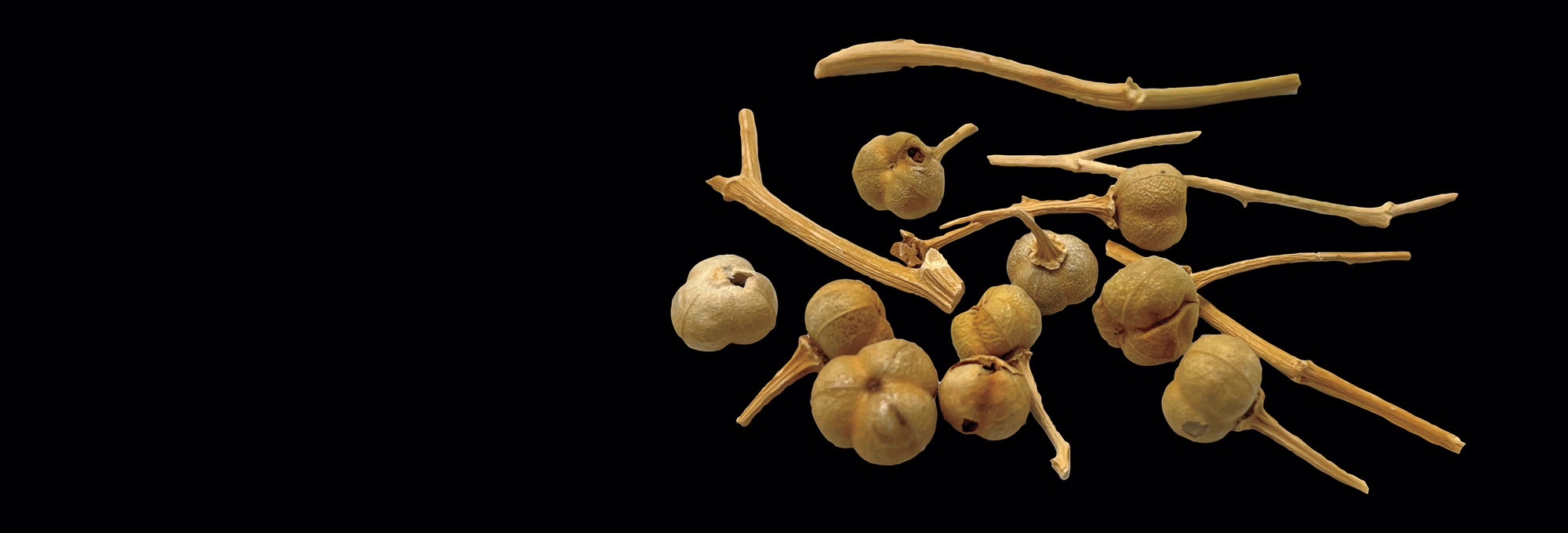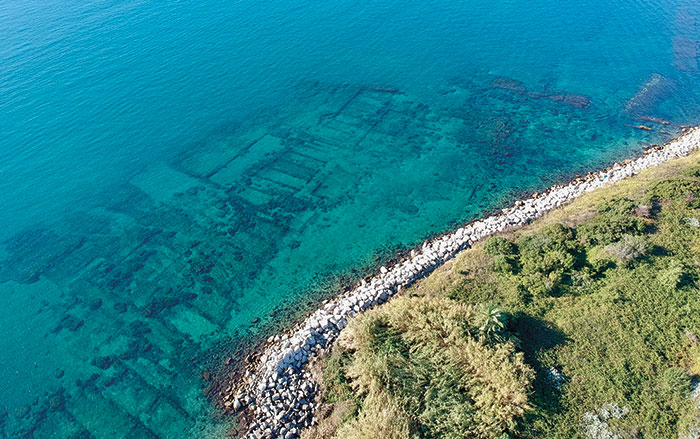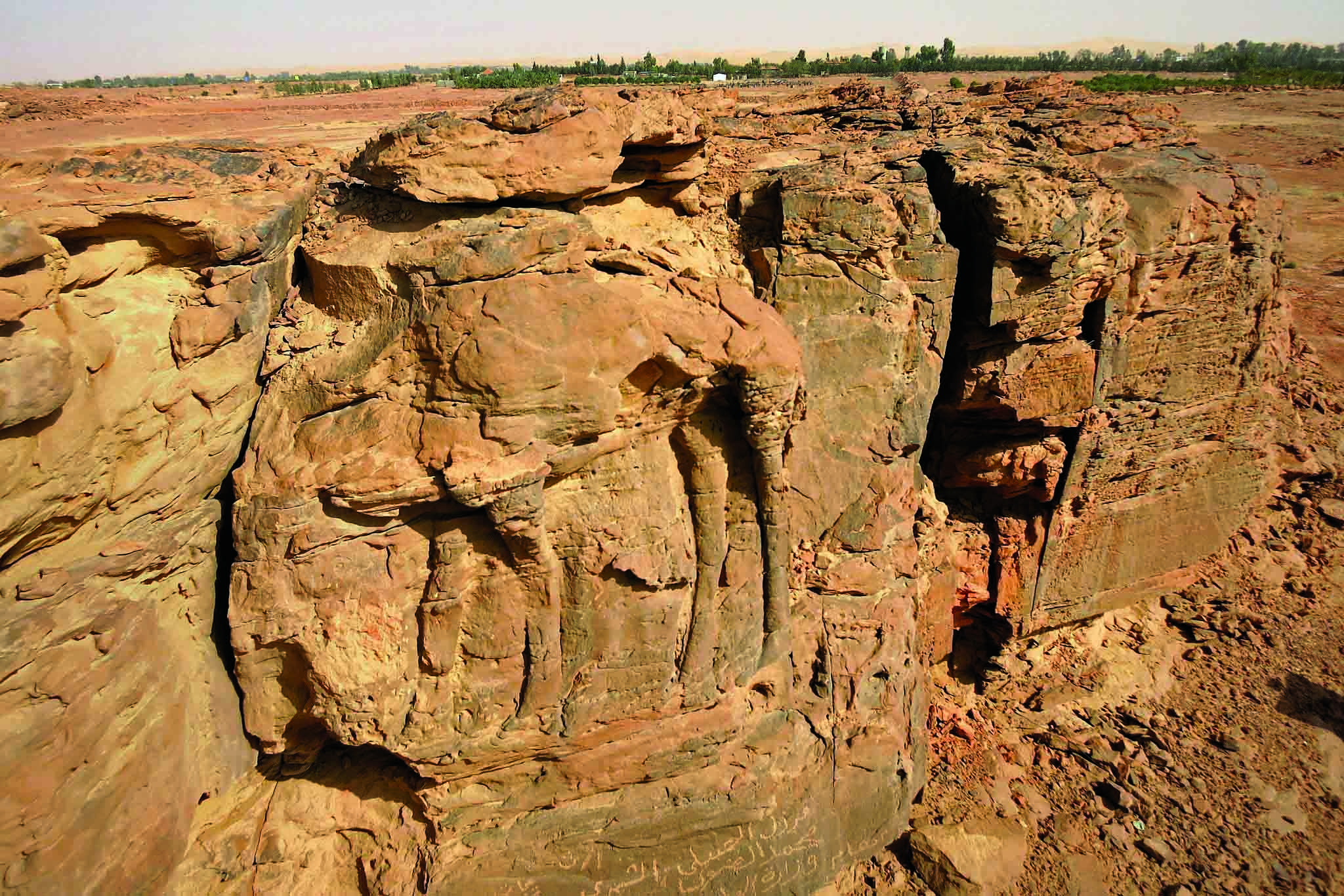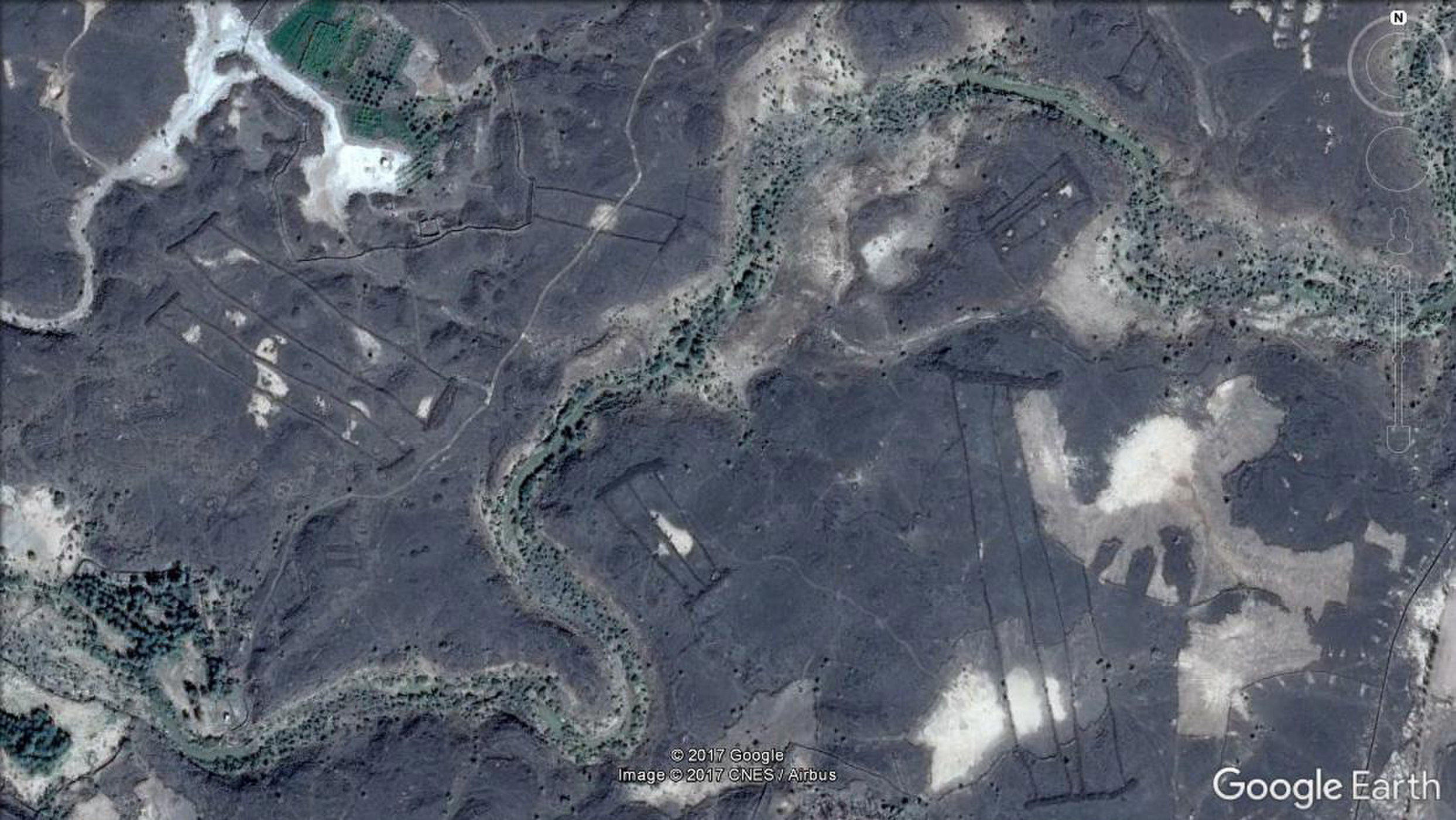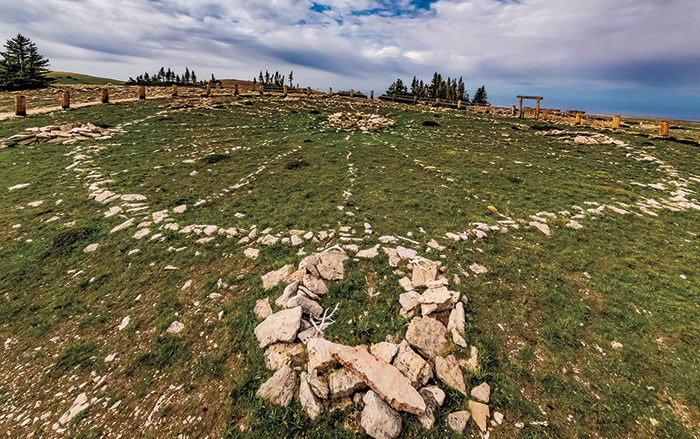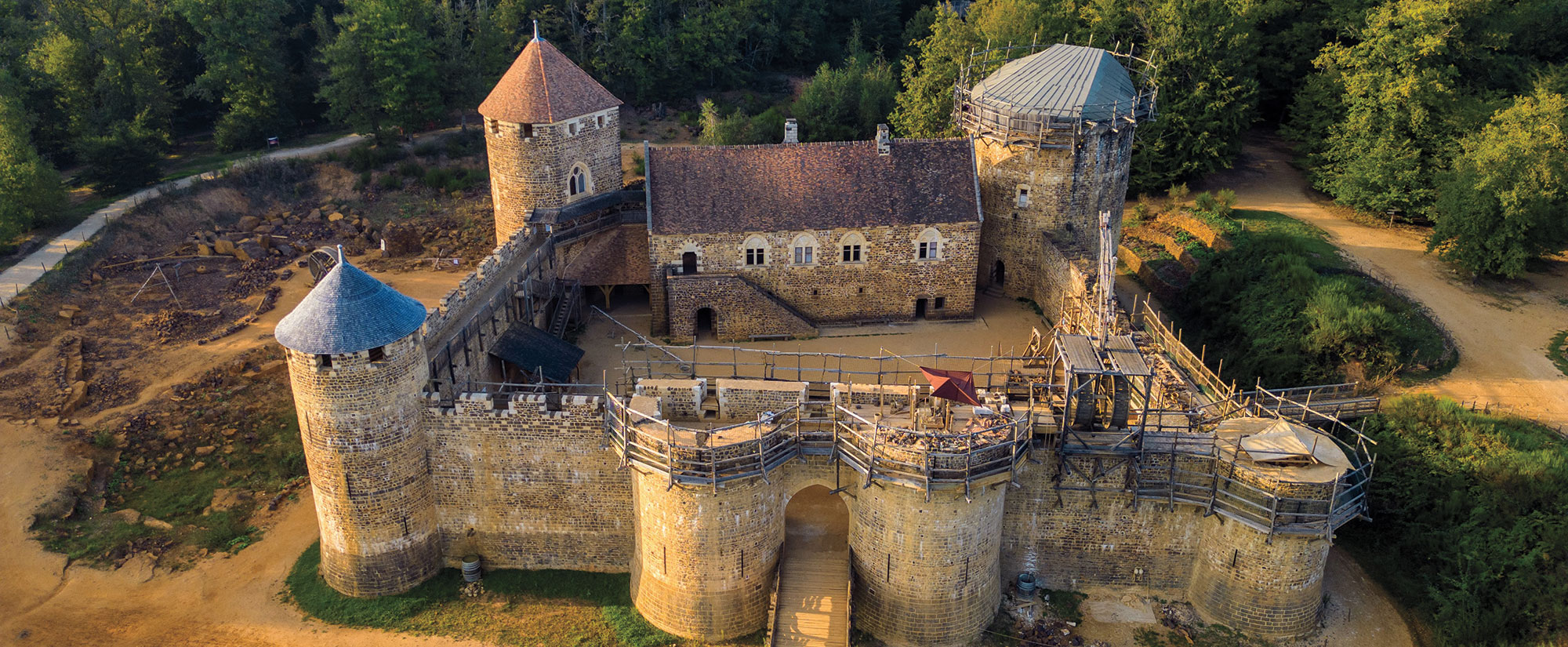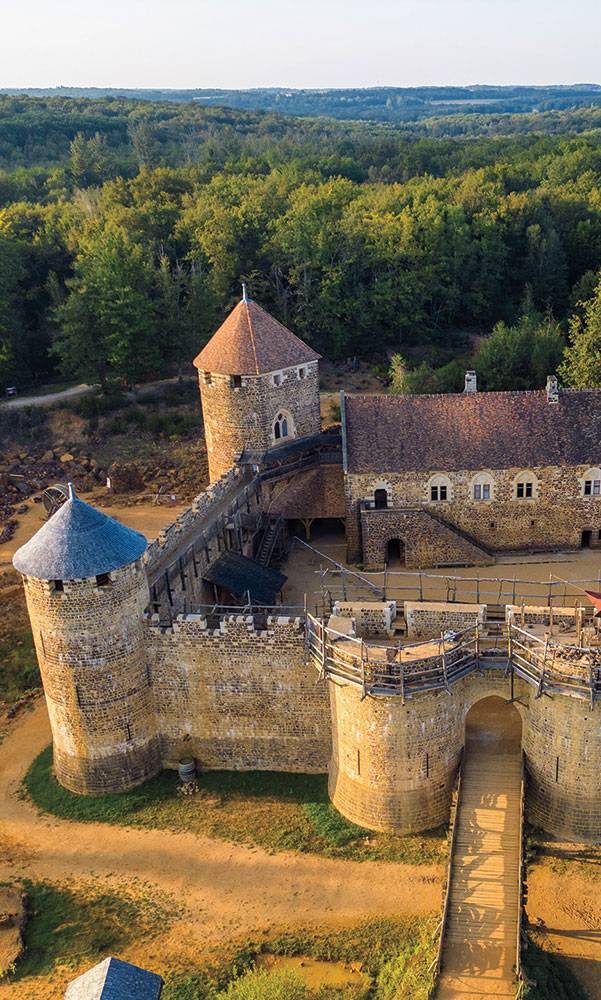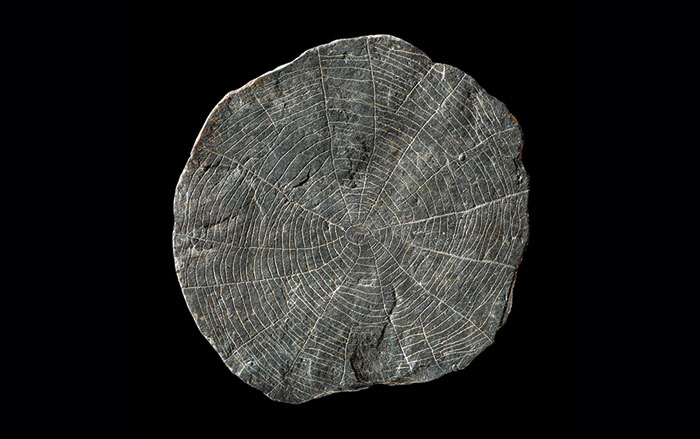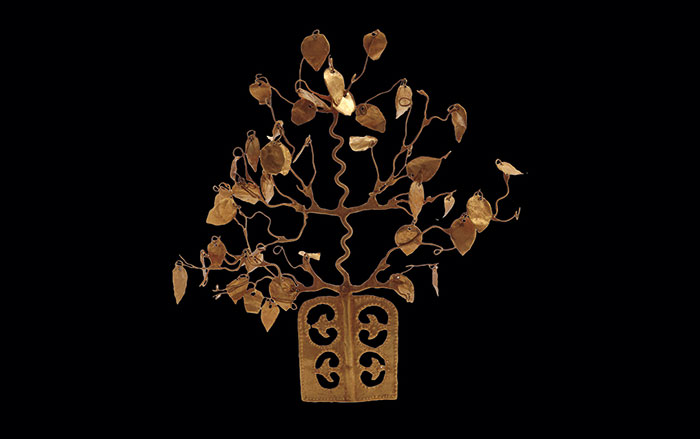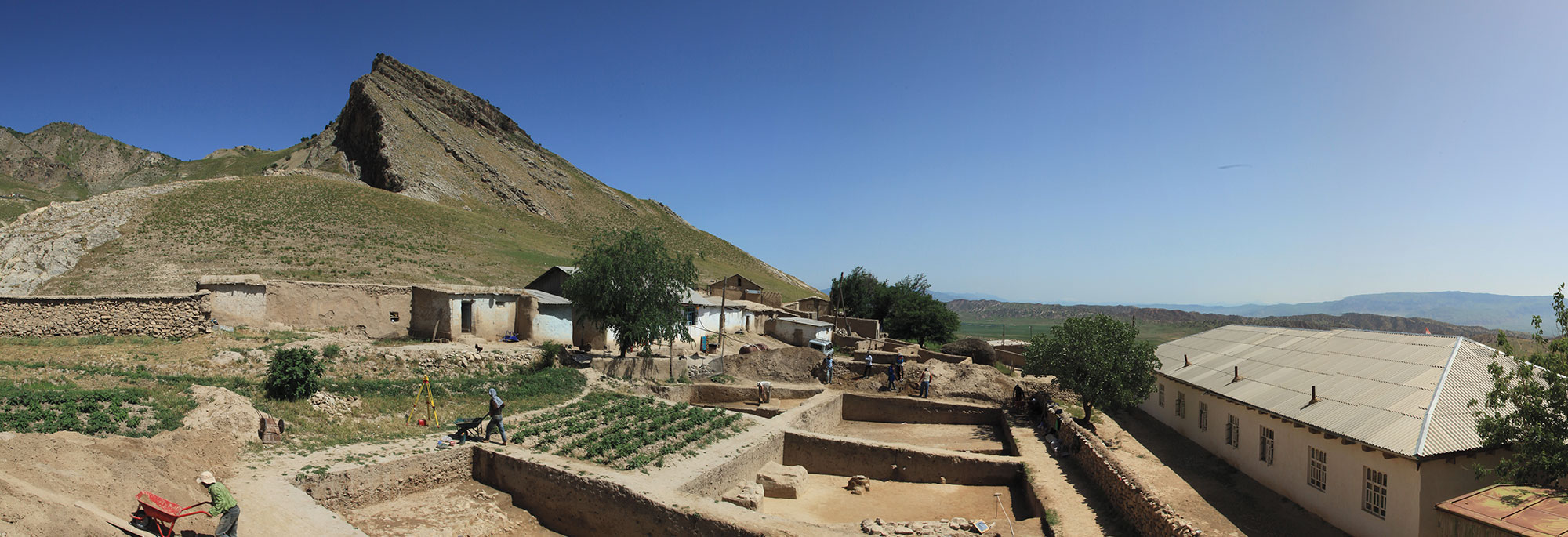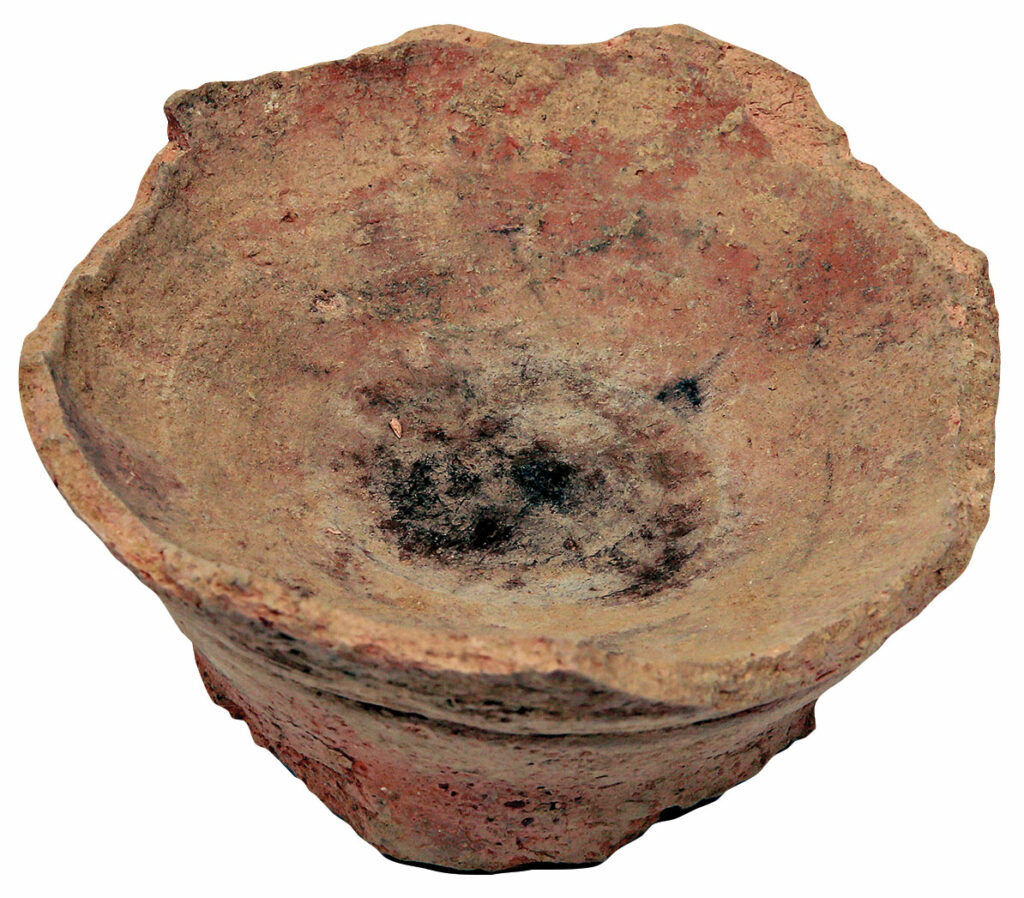
At the oasis of Qurayyah in northwestern Saudi Arabia, archaeologists have discovered the earliest evidence that people burned a particular plant known for its medicinal and psychoactive properties. A team led by University of Vienna archaeologist Marta Luciani unearthed clay censers in two houses dating to some 2,700 years ago—one a humble dwelling and the other an elite residence with a cellar. Archaeochemist Barbara Huber of the Max Planck Institute of Geoanthropology analyzed minuscule amounts of residue preserved in the burners. Rather than finding incense, she was surprised to identify traces of burned harmala (Peganum harmala), also known as Syrian rue.
The plant’s blackish seeds contain a high concentration of the compound that produces its salutary effects. “Harmala has antibacterial properties, but also a lot of different benefits, especially anti-inflammatory effects,” Huber says. “People at Qurayyah burned it and inhaled the smoke, which suggests that they used it most probably for cleansing or therapeutic purposes.” Large amounts of harmala have to be consumed to trigger its psychoactive properties, so it’s highly unlikely that Qurayyah’s residents would have experienced these hallucinogenic effects. Sanitizing the air in close urban living quarters, Luciani notes, would have been beneficial regardless of one’s socioeconomic status. “In these two very different contexts,” she says, “we found evidence that the residents were using the same substance for fumigation.”



